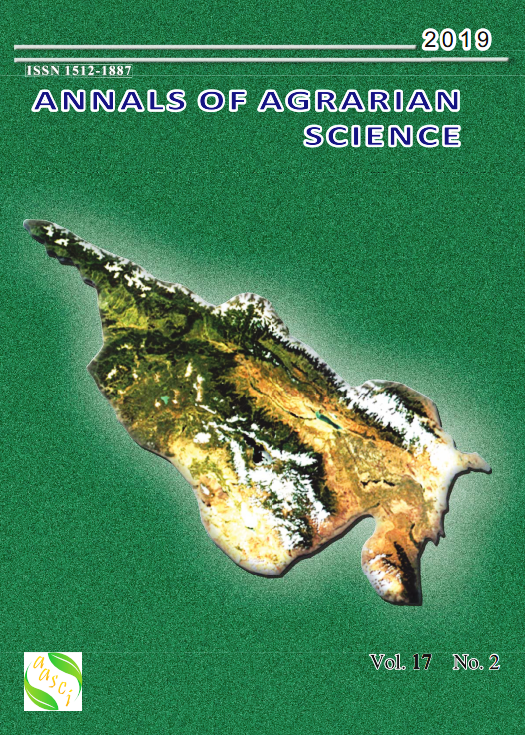Introduced holstein breed livestock in Georgia
Keywords:
Holstein, adaptation, heat resistance, productivity, nutriment ration, growth and developmentAbstract
The current work represents the adaptation perspective of Holstein Breed Livestock introduction in Kakheti intensive agricultural zone of Georgia and the phenotypical, exterior and interior peculiarities of the milk/cash cows researched by us. Besides the above we conducted the analysis of the scientific research on important factors which will contribute to successful breeding of Holstein Livestock in local natural and climate conditions. The study of acclimatization process of Holstein Livestock demonstrated that the heat resistence index in newly born cows is 2,2-3,3 units lower than in non-parturient cows. Following the recommended quality and amount of nutriment ration ensured the normal health condition and maiantained the level of reproductivity ability. As a result we have 2-3% of livestock type standard live weight retardation and withers height. It should be mentioned that the received data can be considered acceptable dynamic in the conditions of Georgia. As for bringing arterial pulse and breathing rate to norm – it became possible after installing recirculating fans in cow stolls. Thus, the clinical analysis as well as live weight growth and development dynamic of the tested Holstein type heifers demonstrated that the tested indices are within the physiological norms.



